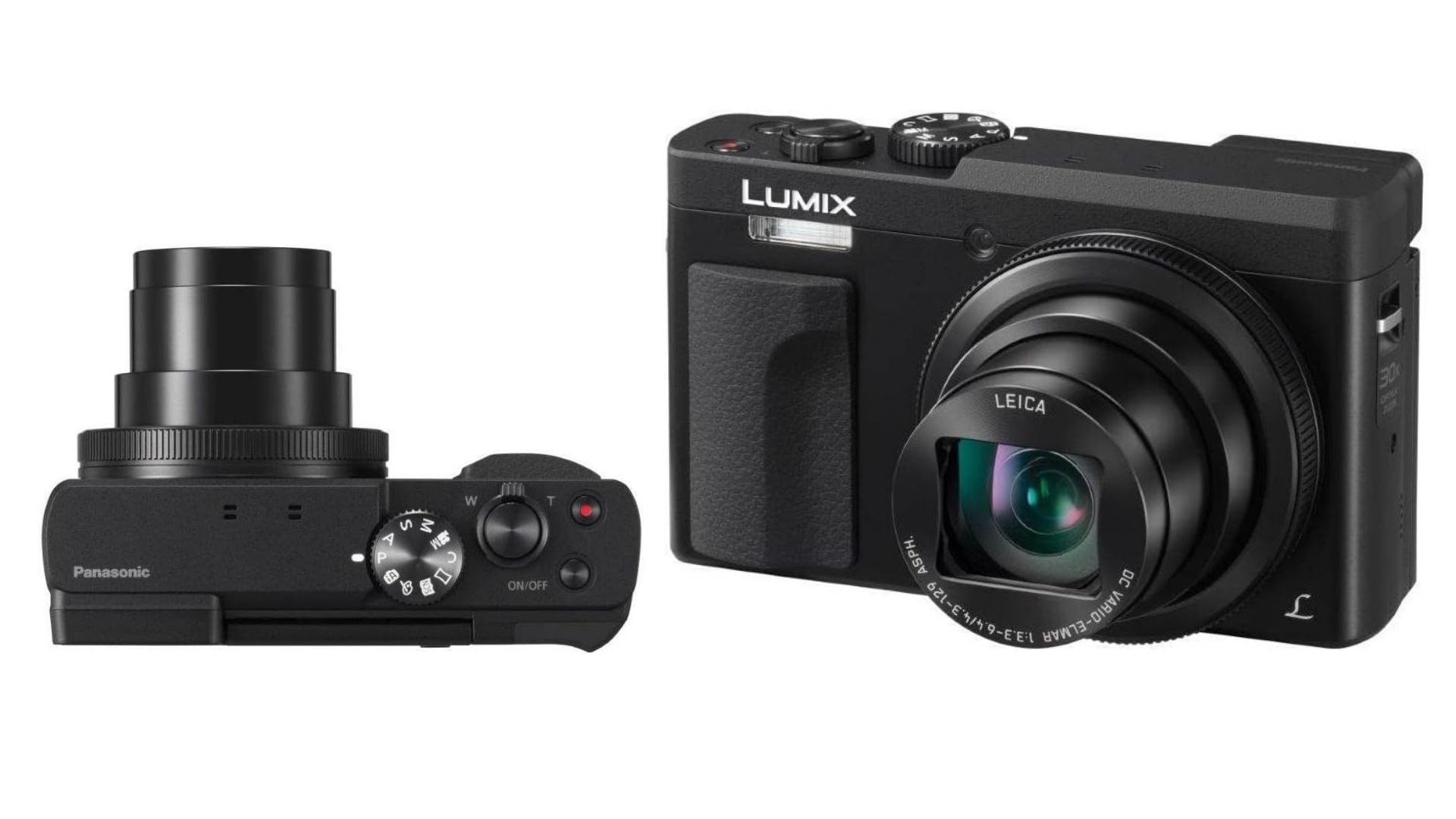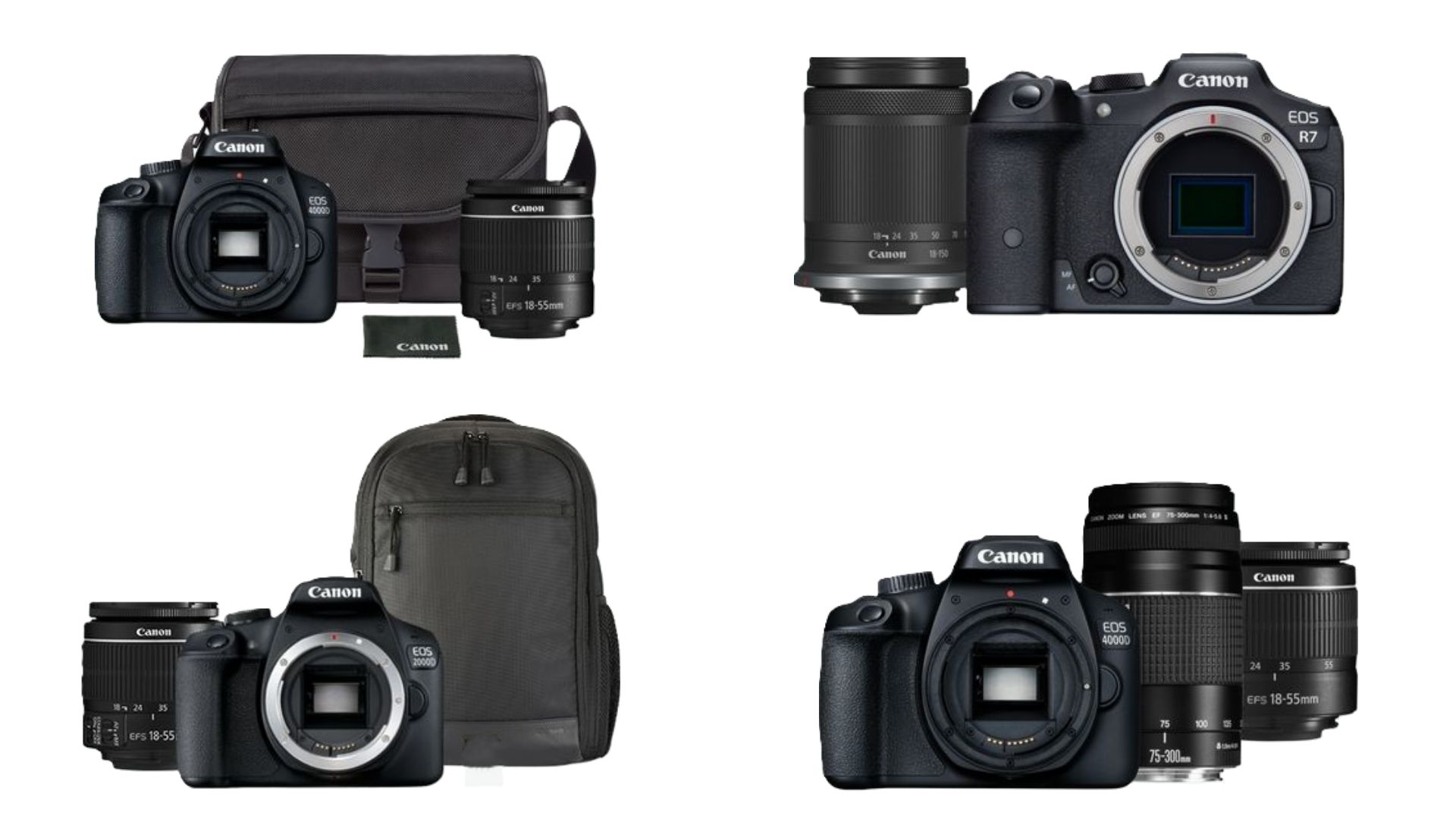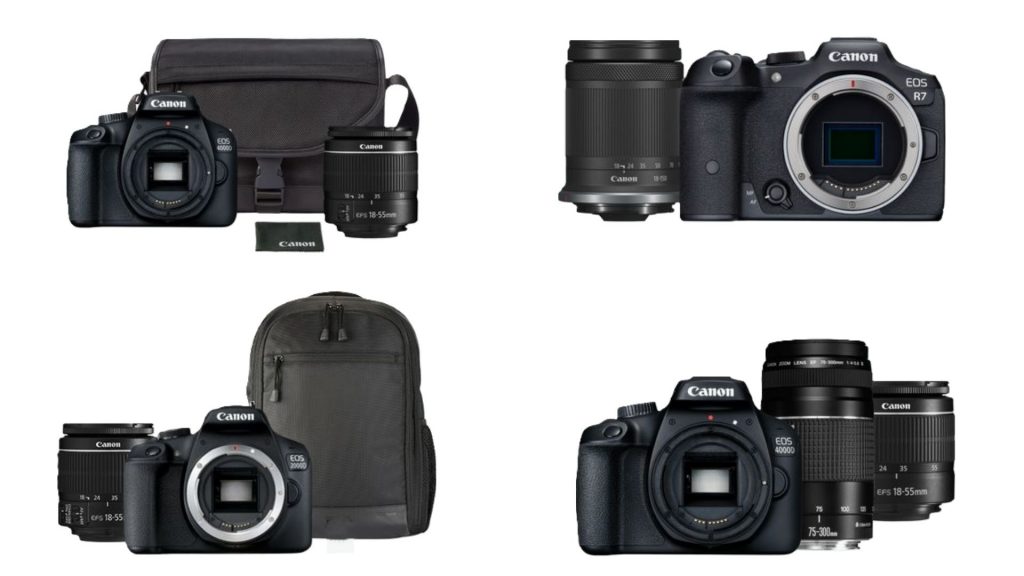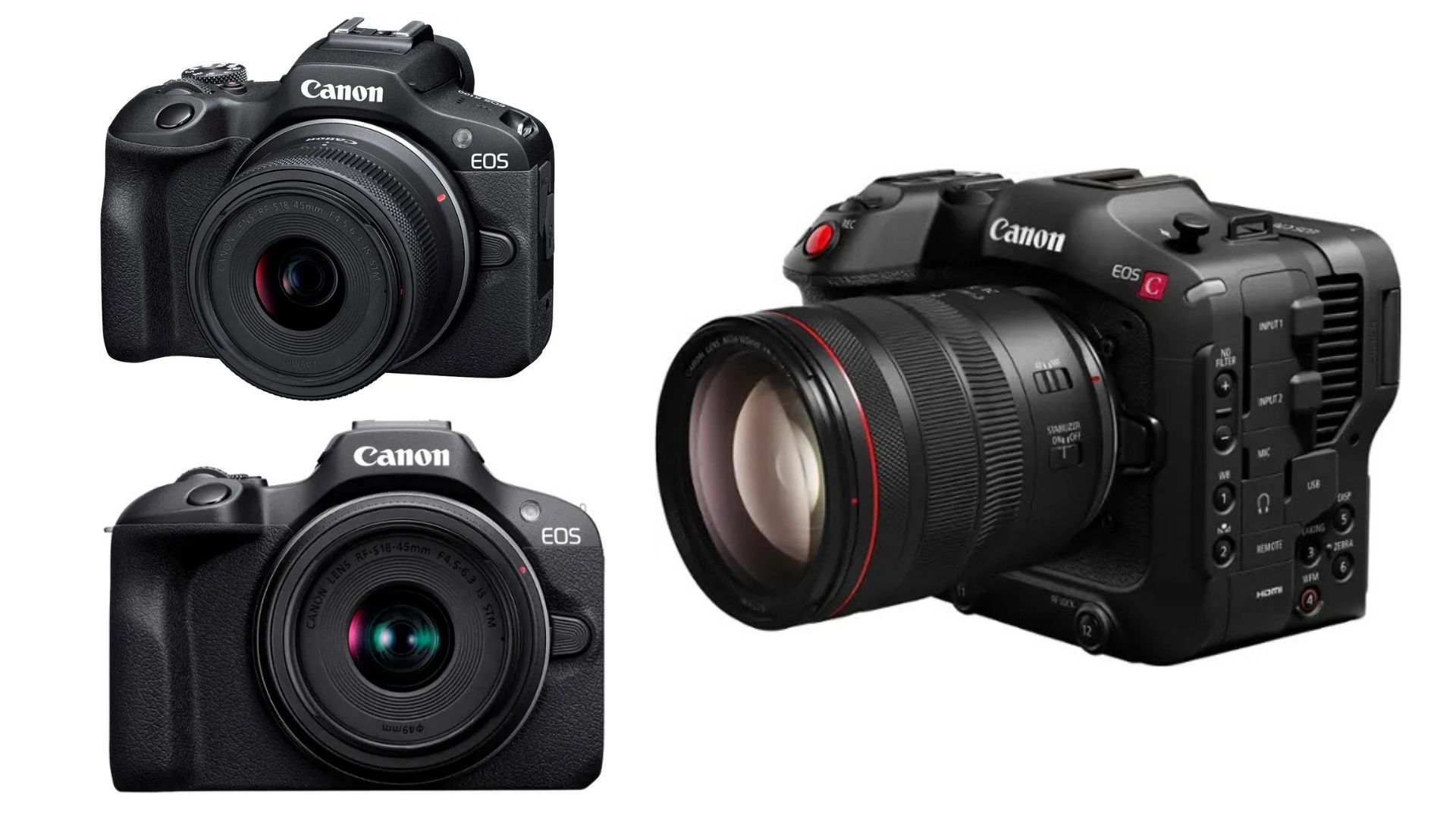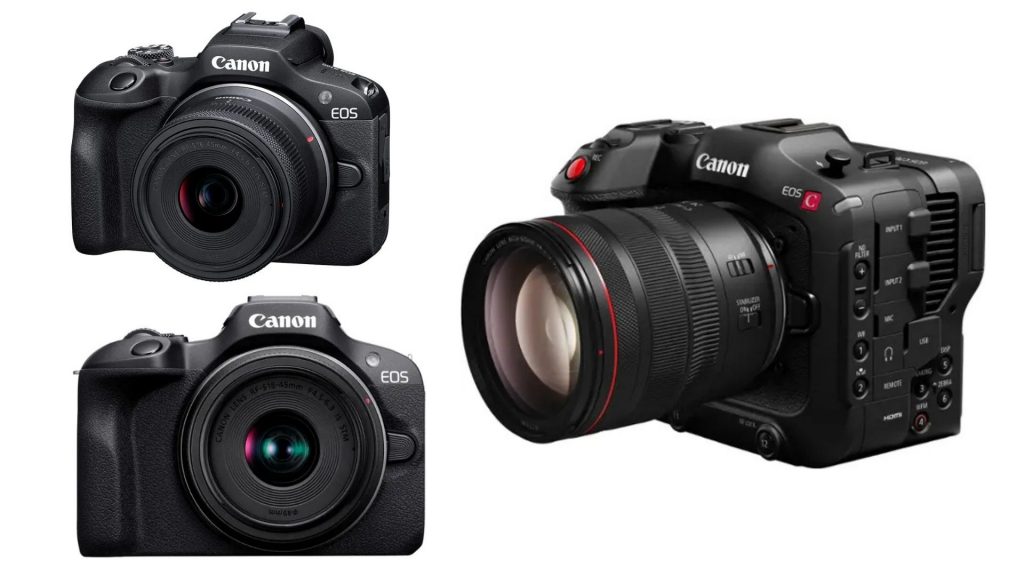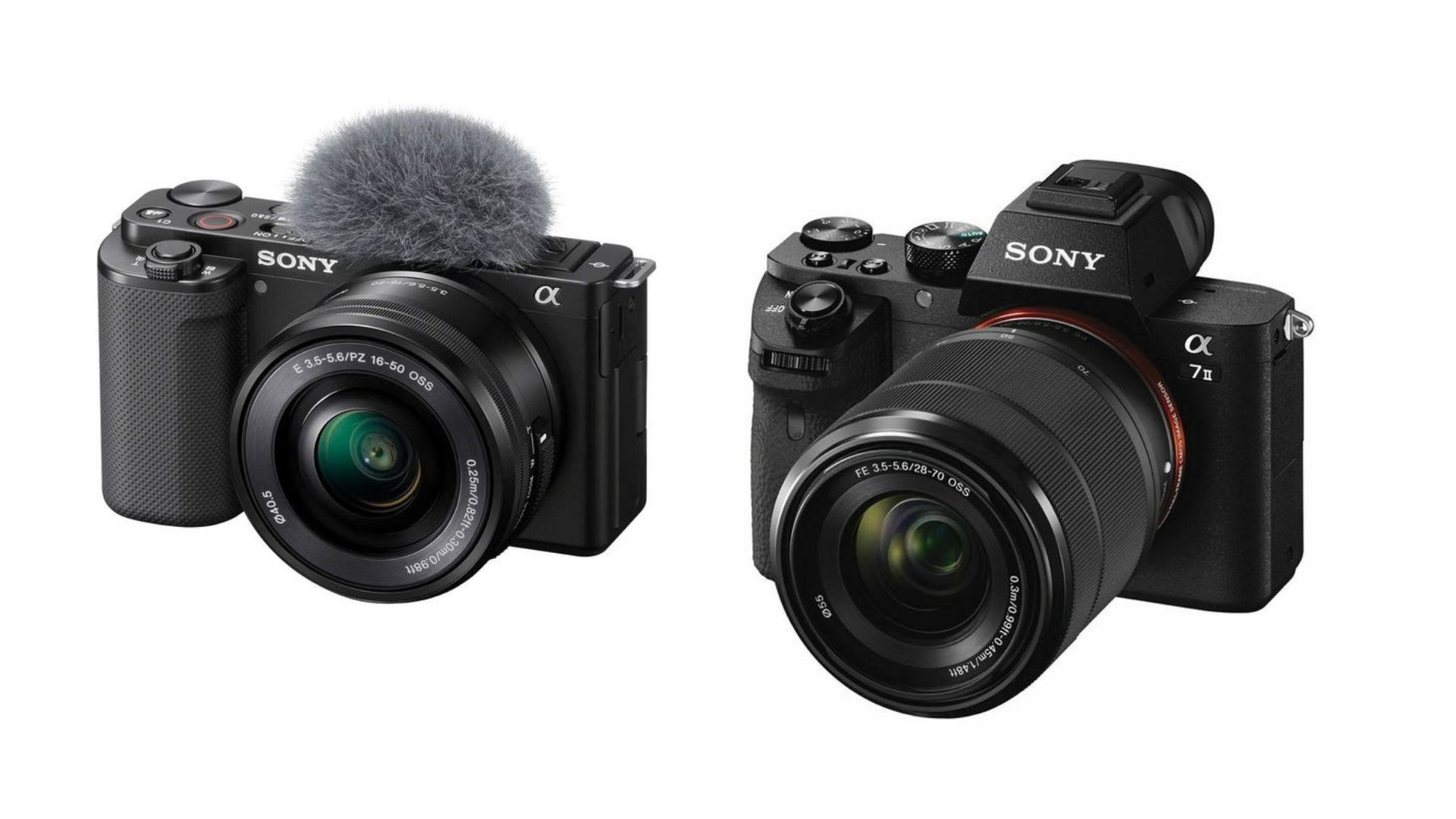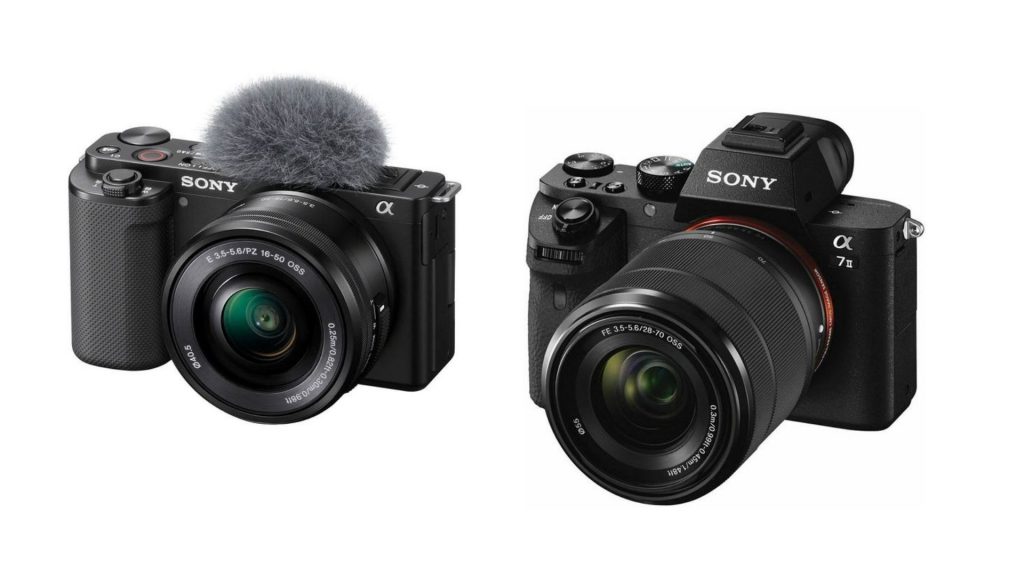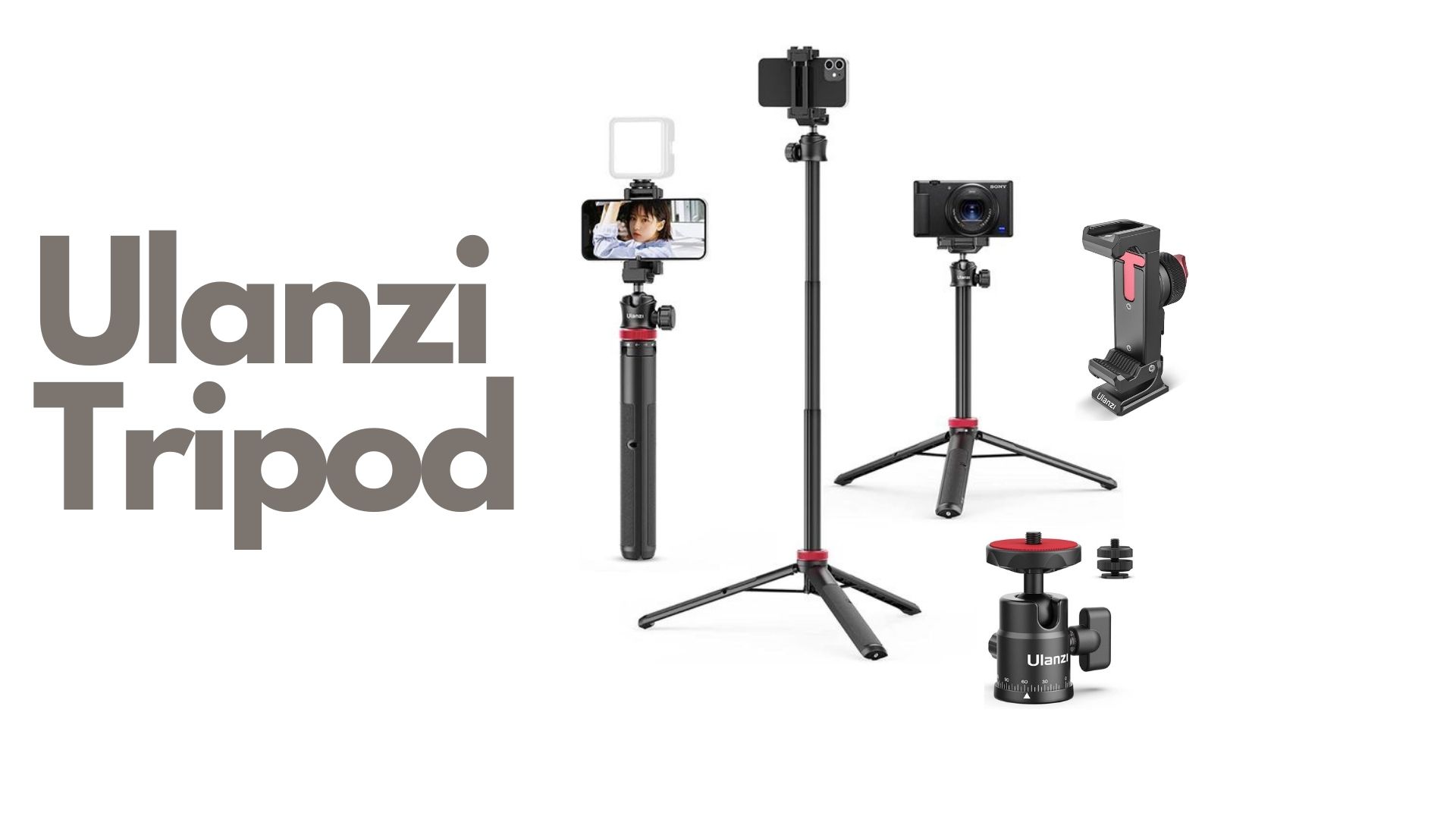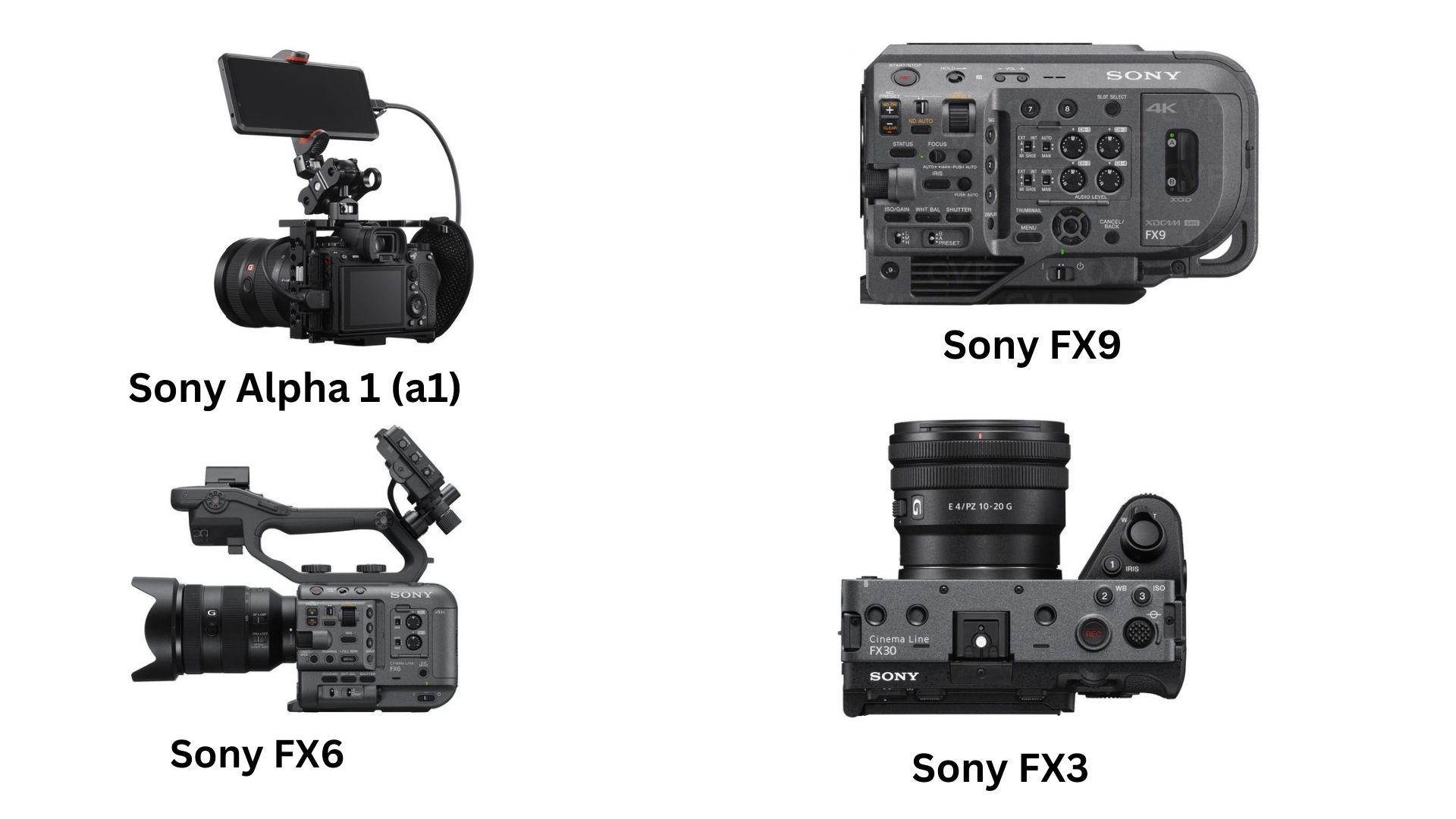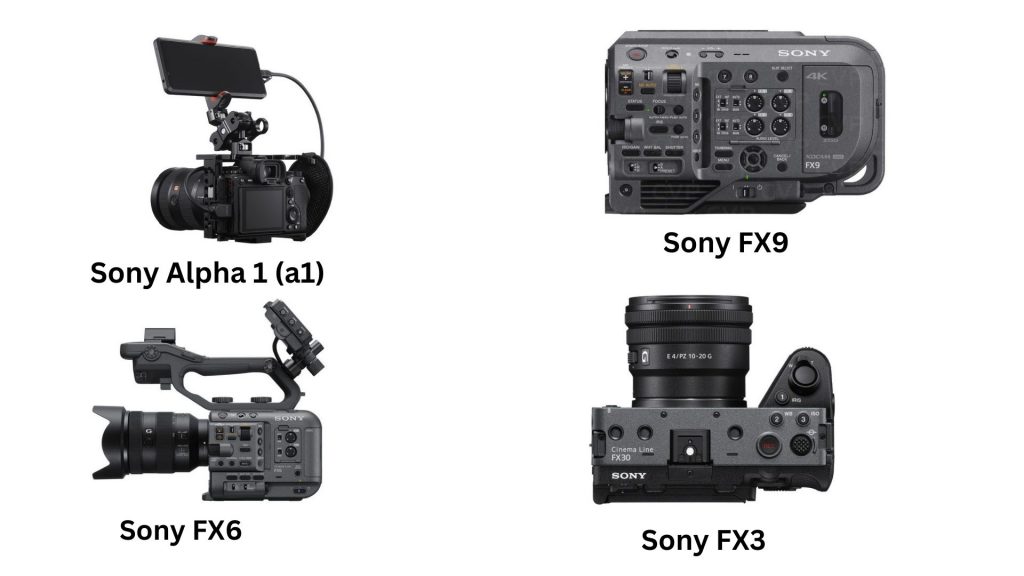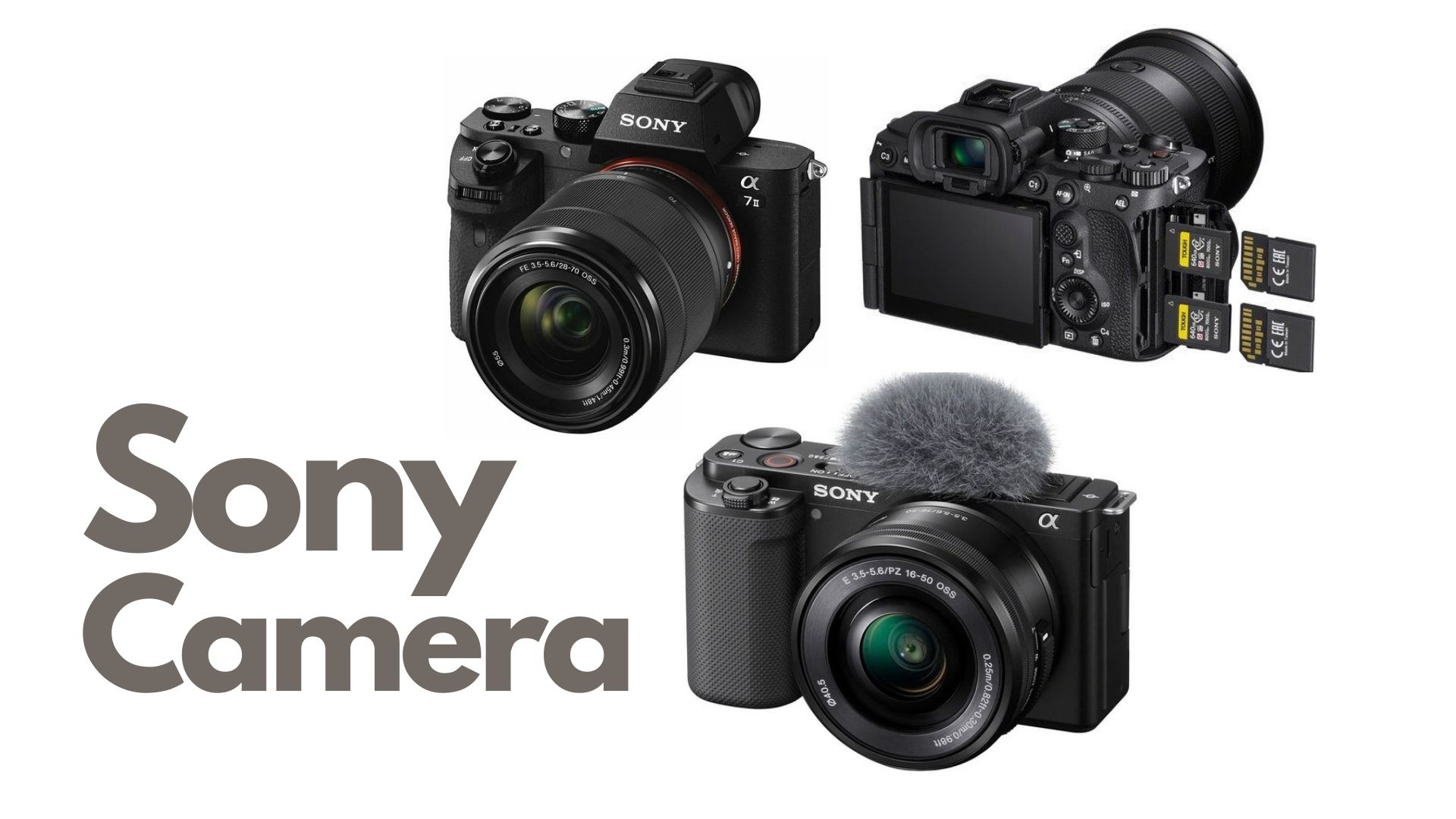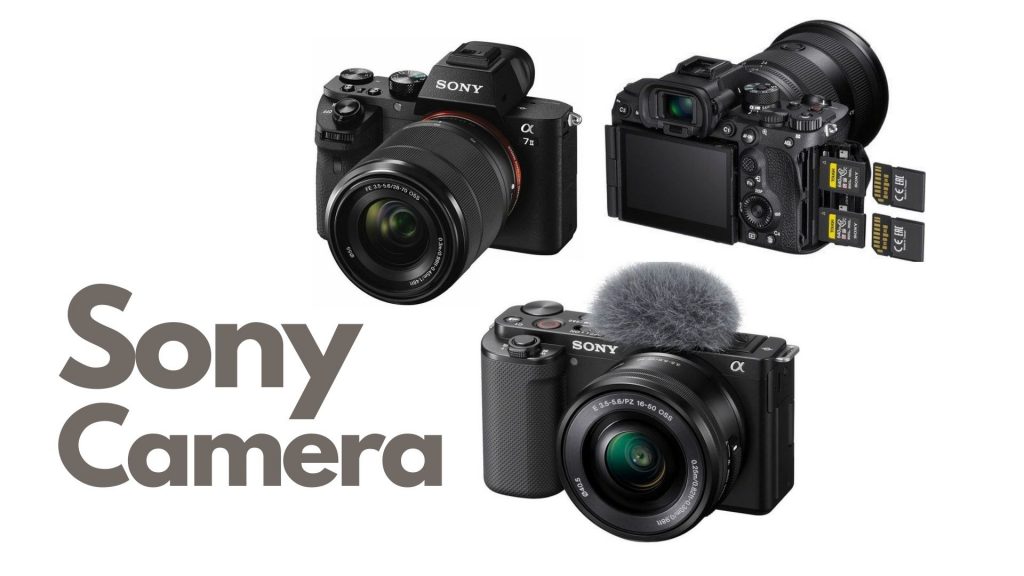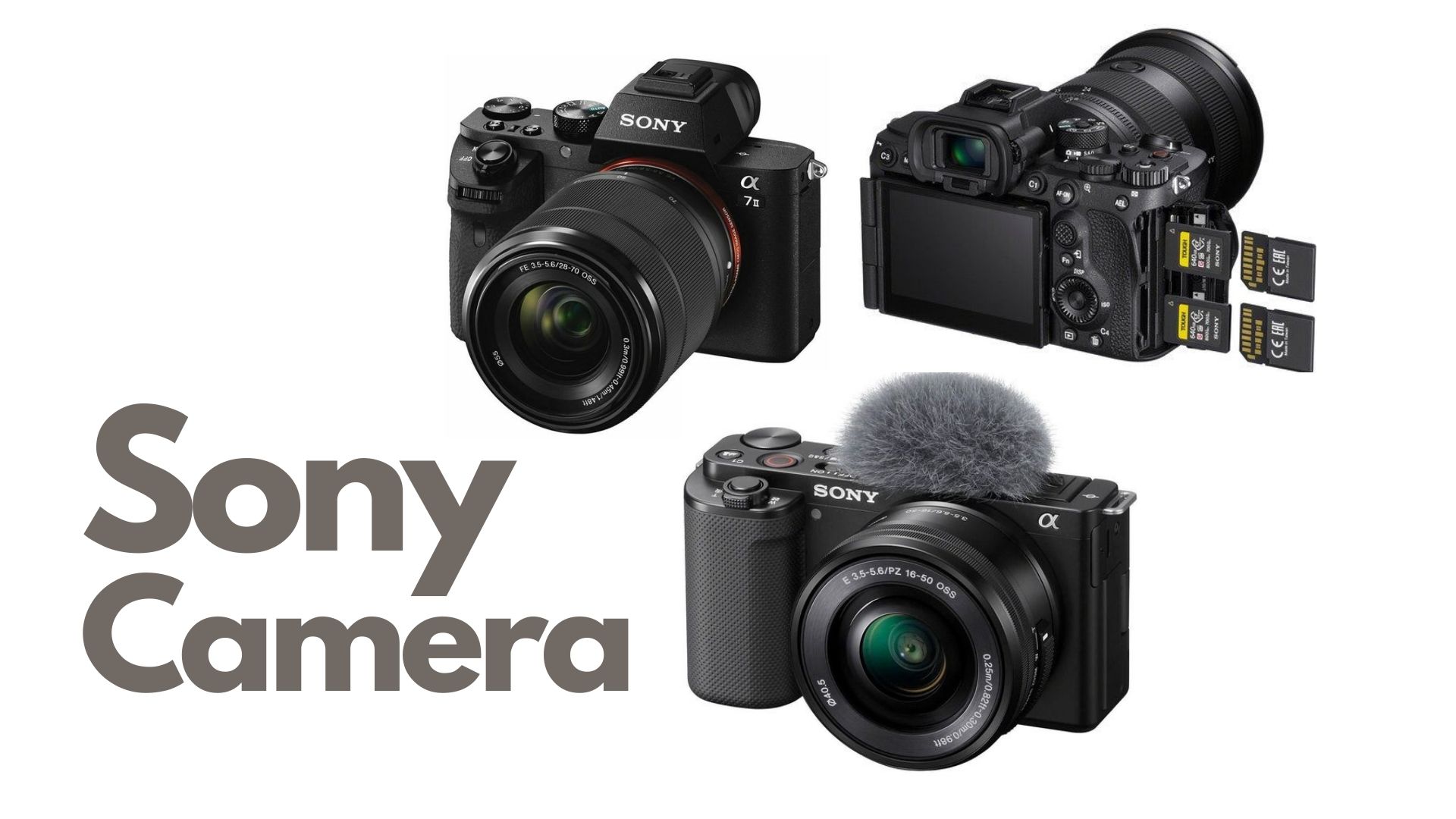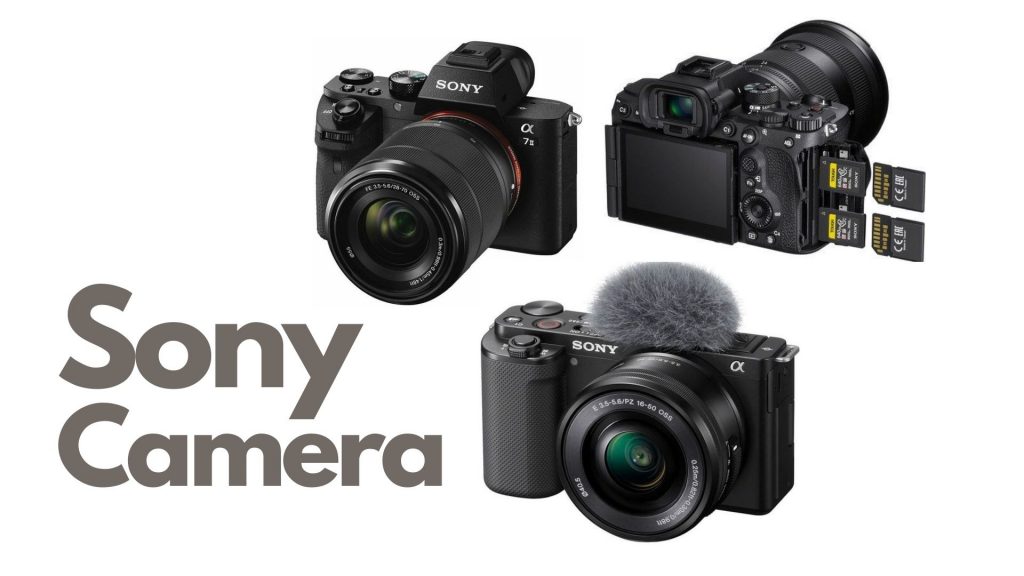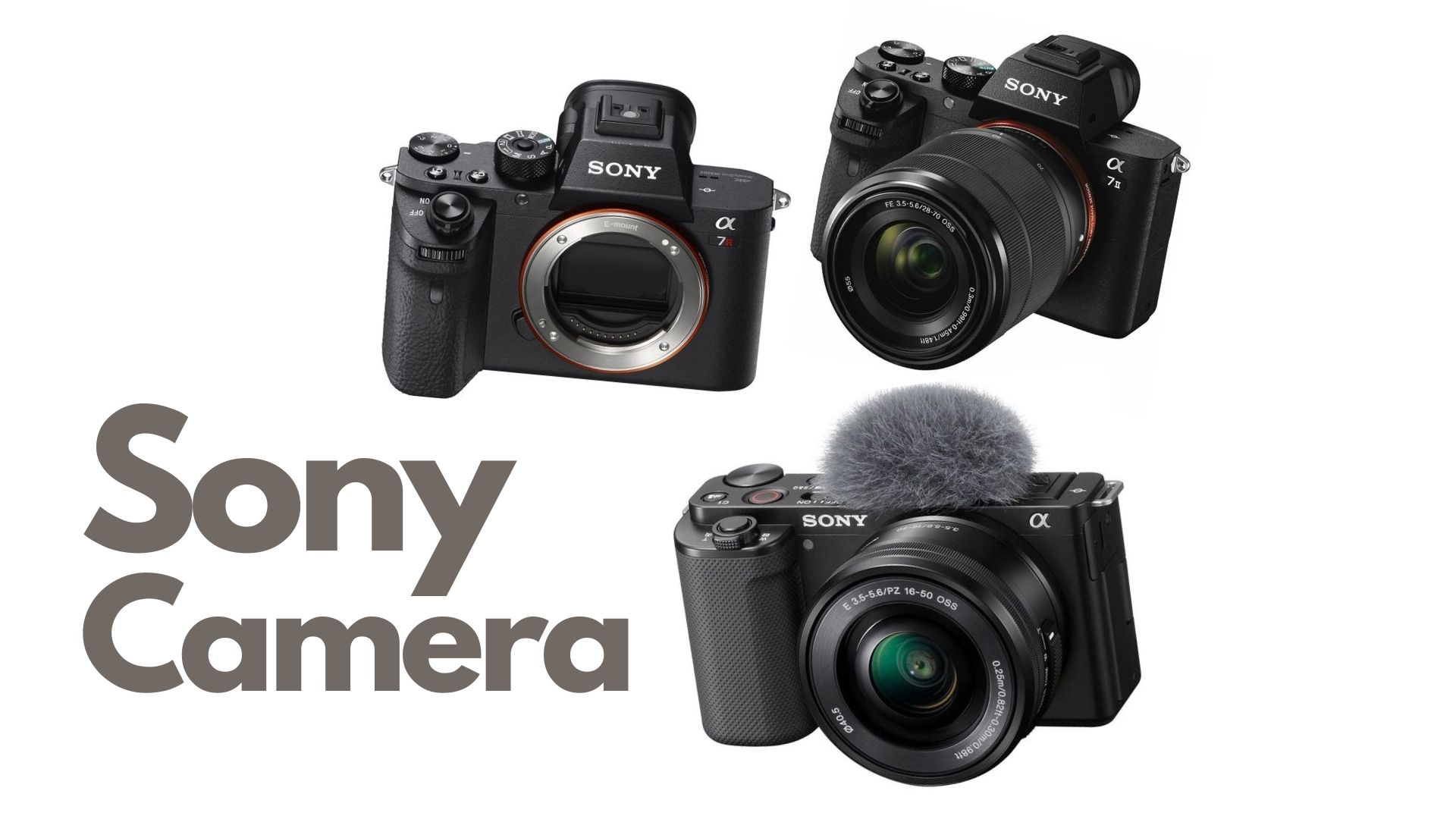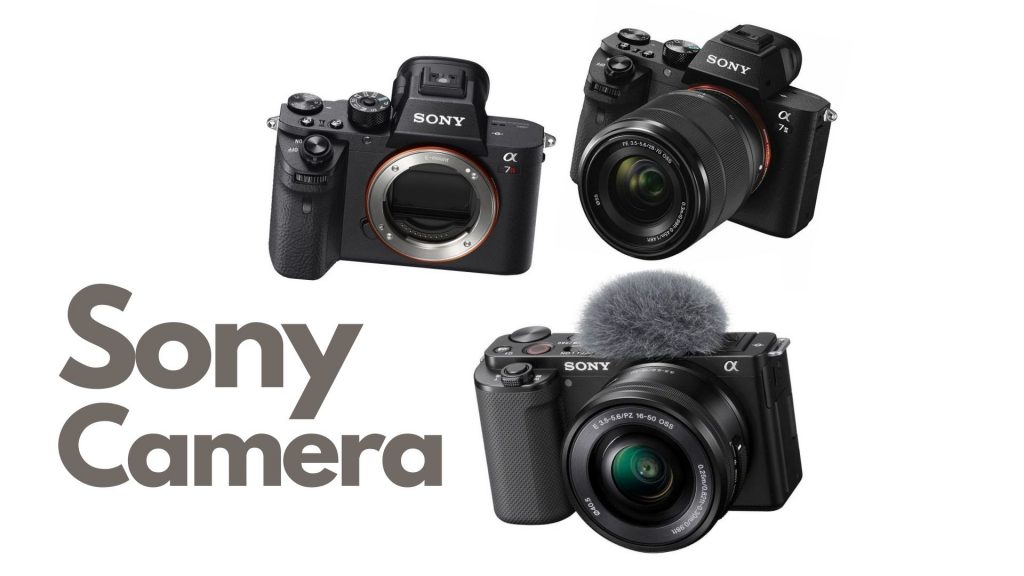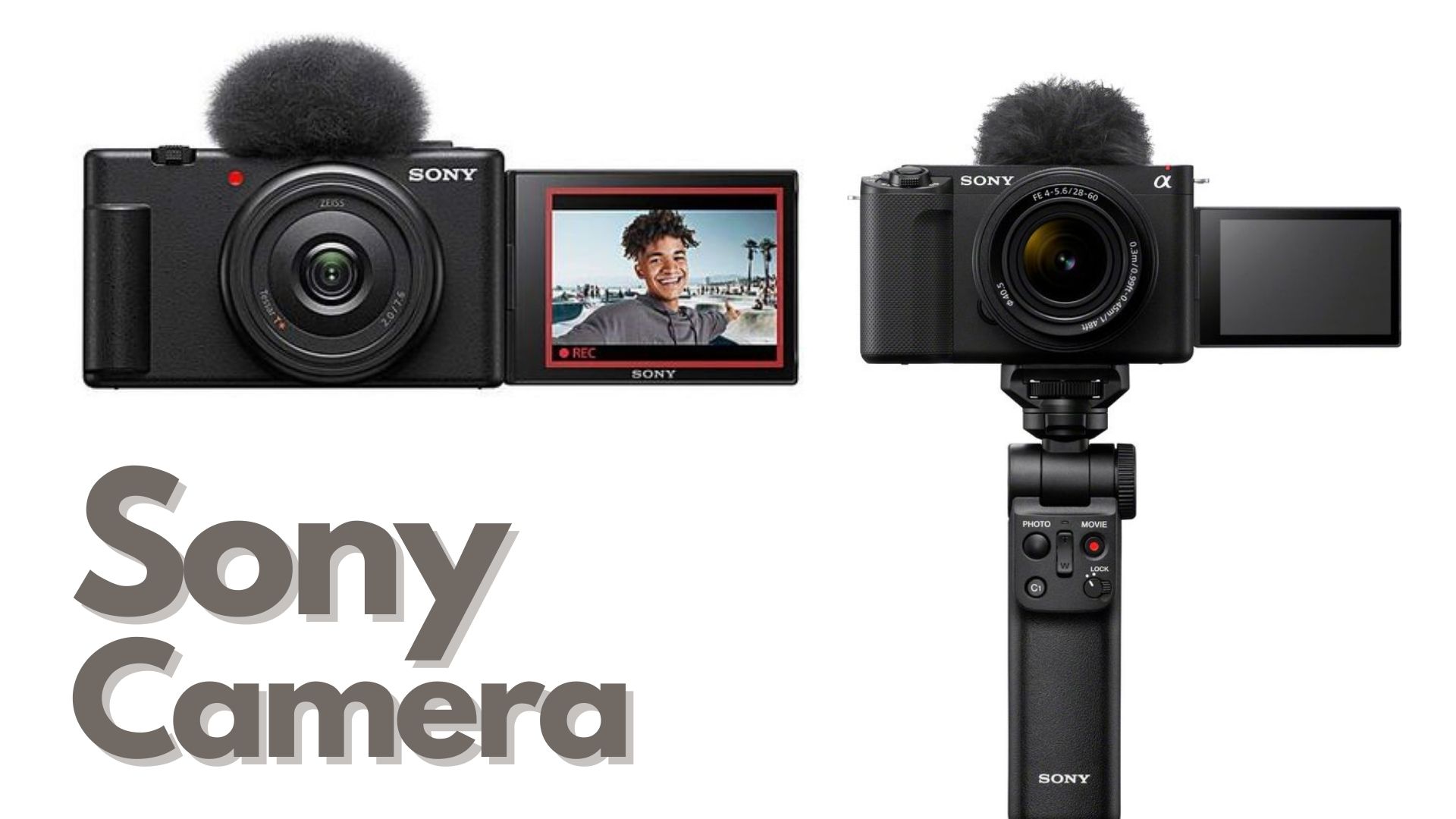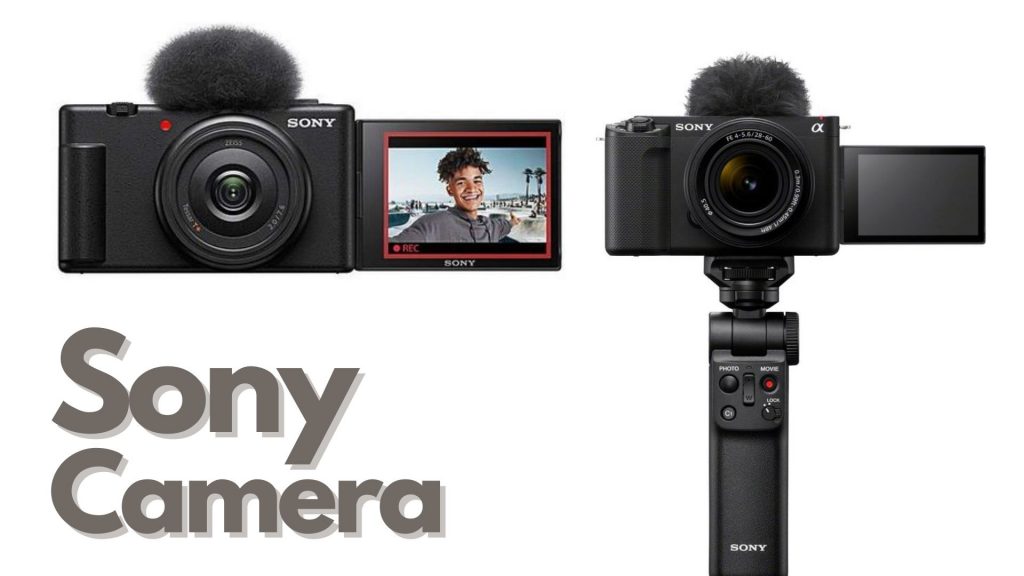The Panasonic Lumix ZS70 is a versatile and compact camera that packs a lot of features into a small, travel-friendly package. Whether you’re a beginner photographer or a travel enthusiast looking for a lightweight option, the ZS70 offers a solid mix of convenience, image quality, and zoom capabilities.
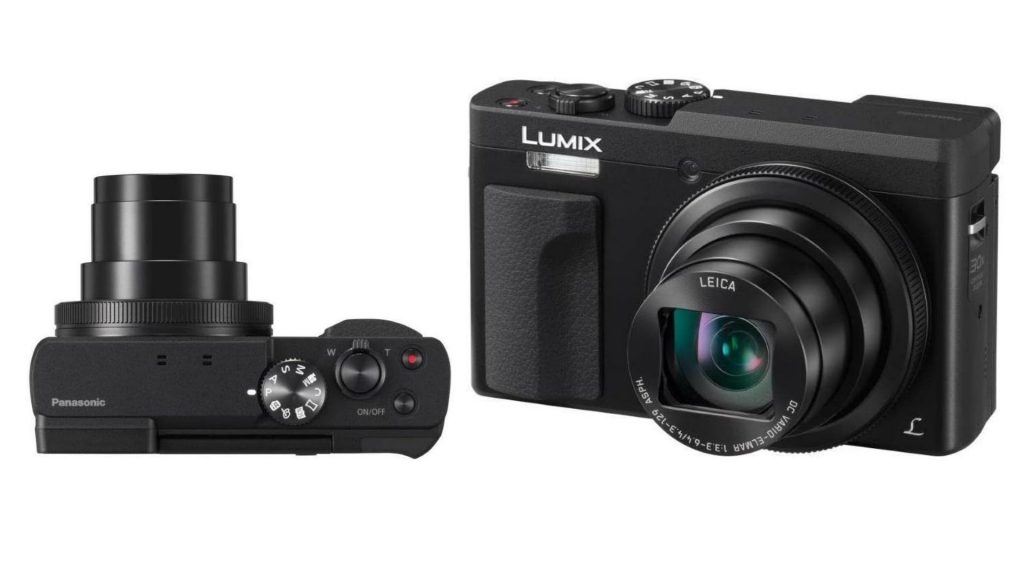
This guide covers everything you need to know about the Panasonic Lumix ZS70, including its design, key features, image quality, performance, and best uses.
Overview of the Panasonic Lumix ZS70
The Panasonic Lumix ZS70, also known as the Panasonic TZ90 in some regions, is part of the popular Lumix ZS series, known for high-performance travel cameras with powerful zoom capabilities. Introduced in 2017, the ZS70 was designed to meet the needs of photographers who want more than just a simple point-and-shoot camera, with features like a 30x optical zoom, a high-resolution electronic viewfinder, and 4K video recording.
The ZS70 is compact and lightweight, making it an ideal travel camera that can fit easily into a bag or even a pocket. It offers advanced features typically found in larger cameras, making it a popular choice for both beginners and more experienced photographers who want a portable solution without sacrificing too much in terms of performance and image quality.
Key Features of the Panasonic Lumix ZS70
30x Optical Zoom Lens
- The ZS70 features a 24-720mm (35mm equivalent) Leica DC Vario-Elmar lens, providing a 30x optical zoom.
- This range allows you to capture wide landscapes as well as zoom in on distant subjects with ease.
20.3-Megapixel Sensor
- The camera has a 20.3MP high-sensitivity MOS sensor, which delivers sharp and detailed images, especially in good lighting conditions.
- This sensor allows for high-resolution shots that retain quality even when cropped.
4K Video Recording and Photo Mode
- The ZS70 supports 4K UHD video recording at 30 frames per second (fps), making it a great choice for video enthusiasts.
- The 4K Photo Mode allows you to capture a series of frames in 4K resolution and choose the best shot, perfect for capturing fast-moving subjects.
5-Axis Hybrid Optical Image Stabilization
- To help reduce blur from camera shake, the ZS70 includes a 5-axis hybrid optical image stabilizer.
- This is especially helpful when shooting at longer focal lengths or in low-light conditions.
High-Resolution Electronic Viewfinder (EVF)
- The camera has a built-in 0.2-inch 1.166-million-dot electronic viewfinder, which is useful for composing shots in bright sunlight.
- The EVF also has an eye sensor that automatically switches between the viewfinder and LCD.
3-Inch Tilting Touchscreen LCD
- The ZS70 features a 3-inch, 1.04-million-dot LCD screen that tilts 180 degrees, making it perfect for selfies or vlogging.
- The touchscreen makes it easy to navigate menus, adjust settings, and tap-to-focus.
Built-In WiFi
- The camera includes built-in WiFi, allowing for quick transfer of photos and videos to your smartphone or tablet.
- You can also control the camera remotely via the Panasonic Image App, which is great for group photos or capturing shots from a distance.
Focus Stacking and Post-Focus Mode
- The ZS70 includes Panasonic’s Focus Stacking and Post Focus modes, allowing you to adjust focus points after taking a shot or combine multiple focus points for increased depth of field.
Design and Build Quality
The Panasonic Lumix ZS70 has a sleek, compact design that is ideal for travel and everyday use. Weighing around 322 grams (including battery and memory card), it’s lightweight yet durable, with a sturdy grip that makes it comfortable to hold, even for extended periods. The camera’s metal body feels robust and solid, offering durability without adding unnecessary weight.
Its compact size makes it pocketable, and the design includes easy-to-access buttons and controls, a must for quick adjustments while shooting on the go. The tilting touchscreen and electronic viewfinder add to the ZS70’s flexibility, letting you frame shots in a variety of conditions.
Image Quality
Daylight and Outdoor Shooting
The ZS70’s 20.3MP sensor performs well in daylight and outdoor conditions, capturing sharp, vibrant images. Colors are generally accurate and lively, making this camera great for capturing natural landscapes, cityscapes, and travel photos. The 30x zoom lens maintains good quality across the zoom range, although images at the highest zoom level may show slight softening.
Low-Light Performance
In low-light conditions, the ZS70’s performance is decent, though it’s best suited to well-lit environments. With a maximum ISO of 6400, it can handle moderate low-light scenarios, but noise becomes noticeable at higher ISO levels. Using the built-in flash or keeping the ISO lower helps maintain image quality in dimmer settings.
Zoom Capability
The standout feature of the ZS70 is its 30x optical zoom, allowing you to capture distant details with ease. Even at the extended zoom range, the camera’s image stabilization works well to reduce blur from camera shake, though a tripod or stable surface is beneficial for the sharpest results.
Video Quality
The Panasonic Lumix ZS70’s 4K video recording capabilities make it a solid choice for vloggers and videographers. The camera captures 4K UHD video at 30fps, producing detailed footage with accurate colors. The 5-axis image stabilization helps reduce shake, making handheld shooting smoother.
For those interested in 1080p Full HD, the ZS70 also supports recording at up to 60fps. This setting provides a balance between file size and video quality, especially if you don’t need the highest resolution.
Battery Life and Storage
The Lumix ZS70 uses a rechargeable lithium-ion battery that provides around 380 shots per charge, which is fairly standard for compact cameras with similar features. However, using WiFi, the electronic viewfinder or 4K video can reduce battery life, so carrying a spare battery is recommended if you plan to shoot extensively.
The camera uses SD, SDHC, or SDXC memory cards, with high-speed cards recommended for 4K video recording.
Special Shooting Modes
The ZS70 includes several unique shooting modes that make photography more creative and fun. Here are some of the standouts:
- 4K Photo Mode: Capture frames in rapid succession at 30fps, allowing you to select the best frame from a fast-action shot. This mode is ideal for sports, wildlife, or any scenario where you want to capture fast movements.
- Focus Stacking: This feature combines multiple images with different focus points, creating a final image with a broader depth of field. It’s perfect for close-up shots where you want both foreground and background in sharp focus.
- Post Focus Mode: The Post Focus feature allows you to change the focus point of an image after you’ve taken it, giving you flexibility if you want to adjust where the viewer’s attention is drawn.
- Creative Control and Filters: The ZS70 has several creative filters and effects that let you add artistic flair to your photos without post-processing software.
Who Is the Panasonic Lumix ZS70 For?
The Panasonic Lumix ZS70 is ideal for:
- Travel Photographers: Its compact size, powerful zoom, and high-quality image capabilities make it an excellent choice for travel enthusiasts.
- Beginners and Enthusiasts: The ZS70 offers enough features to satisfy advanced users but is straightforward enough for beginners to navigate.
- Vloggers and Video Enthusiasts: With 4K video, image stabilization, and a tilting screen, it’s a solid choice for those who want to capture quality video content on the go.
Pros and Cons of the Panasonic Lumix ZS70
Pros
- Compact and Lightweight: Easy to carry and perfect for travel.
- 30x Optical Zoom: Versatile zoom range for capturing a wide variety of subjects.
- 4K Video and 4K Photo Mode: High-quality video recording and unique photo features.
- Touchscreen and EVF: Flexible shooting options for different lighting conditions.
- Built-In WiFi: Easy sharing and remote control via a smartphone app.
Cons
- Limited Low-Light Performance: Performs best in well-lit conditions; low-light performance can be challenging.
- No External Mic Port: Limits audio quality for serious videographers.
- Small Sensor: While the sensor performs well for a compact camera, it doesn’t match the low-light and depth capabilities of larger sensors.
Frequently Asked Questions
Does the Panasonic Lumix ZS70 support the RAW format?
Yes, the ZS70 supports RAW format, which is ideal for those who want more control in post-processing.
Can the ZS70 be used for professional photography?
While the ZS70 is not designed as a professional camera, it is suitable for high-quality travel, every day, and social media photography.
How does the ZS70 perform for macro photography?
The ZS70 has a close-focus distance of 3cm in macro mode, which allows you to capture detailed close-up shots.
Conclusion
The Panasonic Lumix ZS70 is an excellent compact camera with powerful zoom and plenty of useful features for both stills and video. Its combination of a 30x zoom lens, 4K video, built-in WiFi, and travel-friendly design makes it an attractive option for travelers, vloggers, and anyone who values portability.
While it has some limitations in low light and lacks certain professional features, the ZS70 remains a solid choice for those looking to capture great photos and videos on the go without the bulk of a larger camera system.
CHECK THESE OUT:
Why the Canon Camera G7x is the Ultimate Camera for Content Creators
The Real Reason Behind Your Nikon Camera Not Focusing
Discover the Weather Sealed Fujifilm Cameras for All Conditions
Here’s Why You Should Consider Buying a Sony Camera Without Rolling Shutter
